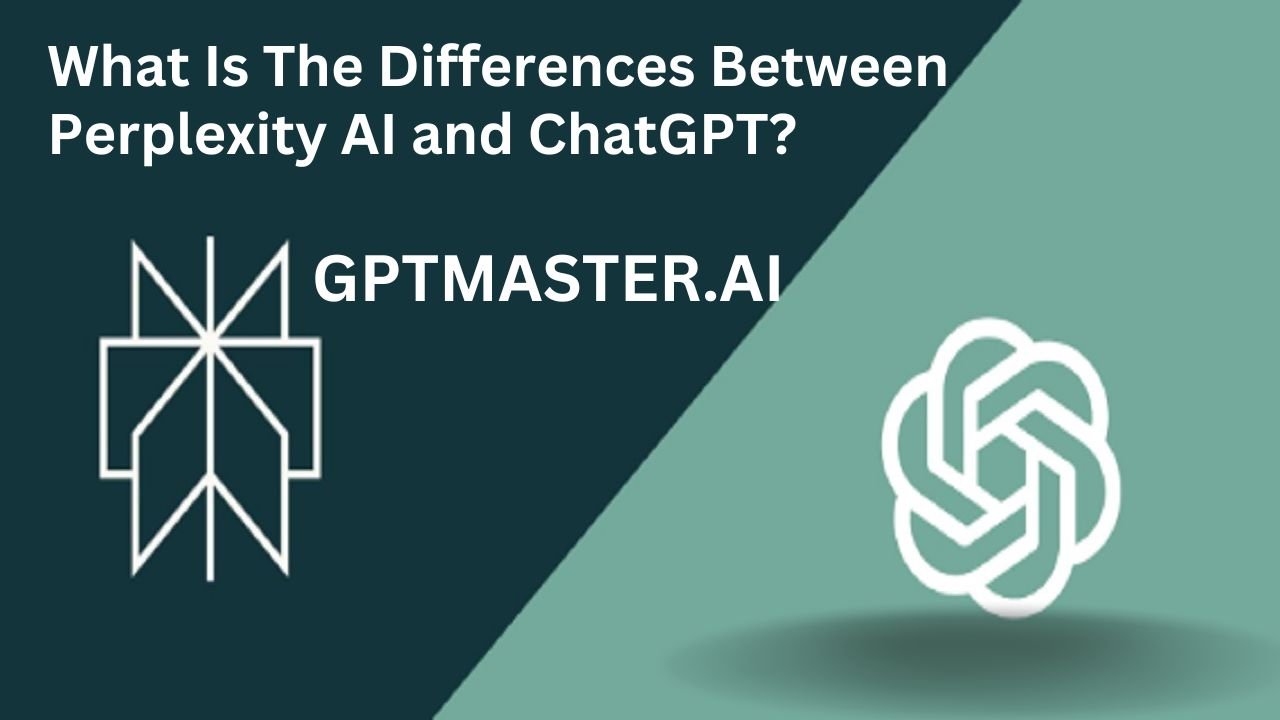In the realm of artificial intelligence, two prominent models, Perplexity AI and ChatGPT, stand out for their unique capabilities and approaches to generating responses. While both are adept at providing information, they differ significantly in their methods, sources, and intended applications. Understanding these distinctions is crucial for users seeking the most suitable AI tool for their specific needs. In this article, we delve into the disparities between Perplexity AI and ChatGPT, examining their sources, types of responses, accuracy, use cases, and more.
SEE MORE : Trending AI Yearbook: Have You Tried It Yet?
Introduction
Artificial intelligence has become increasingly integrated into various aspects of our lives, revolutionizing how we interact with technology. Perplexity AI and ChatGPT represent two distinct approaches to AI-driven interactions, each offering its own set of advantages and limitations. By comprehensively understanding the disparities between these models, users can make informed decisions about which one aligns best with their requirements.
Perplexity AI vs. ChatGPT: A Comparative Analysis

Sources of Information
Perplexity AI draws responses from a diverse array of live internet sources, including academic databases, Wolfram Alpha, YouTube, Reddit, and news outlets. This enables it to furnish users with up-to-date and accurate information, complete with citations for verification. In contrast, ChatGPT relies solely on its internal dataset, which extends up to 2021, for generating responses, lacking connectivity to live websites.
Type of Responses
Perplexity AI specializes in providing concise summary responses supplemented with source citations, facilitating easy verification of information. On the other hand, ChatGPT generates more conversational and human-sounding responses devoid of citations, making it ideal for casual interactions but less suitable for academic or research-oriented tasks.
Accuracy and Reliability
Perplexity AI places a strong emphasis on transparency and tends to deliver more accurate responses owing to its ability to aggregate information from multiple sources. Conversely, ChatGPT’s responses may sometimes be unreliable or biased, contingent upon the quality of its training dataset.
Use Cases
Perplexity AI excels in search engine functionality, making it invaluable for tasks such as researching topics or obtaining factual information. In contrast, ChatGPT shines in creative writing, translations, and addressing open-ended questions, leveraging its proficiency in generating human-like language.
Speed
Both Perplexity AI and ChatGPT exhibit swift response times with minimal latency, ensuring a seamless user experience across various applications.
A Closer Look at Perplexity AI
Perplexity AI employs a sophisticated technique known as chain-of-thought prompting to furnish users with an expert-level understanding of a topic. By connecting relevant concepts from millions of webpages, it generates original, comprehensive responses augmented with citations for added credibility. Additionally, Perplexity AI utilizes a safety classifier to filter out harmful, biased, and unreliable content, enhancing the overall reliability of its responses.
Pros of Perplexity AI
- Provides accurate, verifiable information by citing sources.
- Stays up-to-date on current events and discoveries by accessing live websites.
- Transparent about the origins of information.
- Tends to offer unbiased responses.
Cons of Perplexity AI
- May occasionally overwhelm users with excessive citations, affecting readability.
- Can retrieve irrelevant search results on occasion.
- Limited capabilities for creative tasks such as fiction writing.
A Deeper Dive into ChatGPT
ChatGPT is trained on a vast dataset of text up until 2021, endowing it with natural conversational abilities. While it excels in generating human-like responses, it does not provide citations for its information, as all knowledge is derived from its internal training data.
MUST READ : What is Quizbot AI? How to Use
Pros of ChatGPT
- Employs natural, eloquent language in responses.
- Ideal for creative writing and addressing open-ended questions.
- Offers faster response times compared to Perplexity AI.
Cons of ChatGPT
- Responses may be outdated, given the information cut-off at 2021.
- Occasionally produces convincing yet incorrect or biased responses.
- Lacks transparency regarding the underlying data used for generating responses.
Conclusion
In conclusion, Perplexity AI and ChatGPT represent distinct approaches to AI-driven interactions, each catering to different user needs and preferences. Perplexity AI leverages real-time information from the internet to provide verifiable, up-to-date responses, whereas ChatGPT relies solely on past training data to generate human-like language. The choice between the two ultimately hinges on whether users prioritize accuracy and transparency or conversational abilities and creativity for their specific use case.
To offer a clear comparison between Perplexity AI and ChatGPT, let’s summarize their key attributes in a concise table:
| Feature | Perplexity AI | ChatGPT |
| Sources of Information | Live internet sources like academic databases, news outlets, etc. | Internal dataset up to 2021 |
| Type of Responses | Summary responses with source citations | Conversational responses without citations |
| Accuracy and Reliability | Transparent and tends to be more accurate | May provide unreliable or biased responses |
| Use Cases | Researching topics, search engine functionality | Creative writing, translations, open-ended questions |
| Speed | Fast response times with minimal lag | Swift response times |
By considering the nuances outlined in this article, users can make informed decisions when choosing between Perplexity AI and ChatGPT for their AI-driven interactions.

